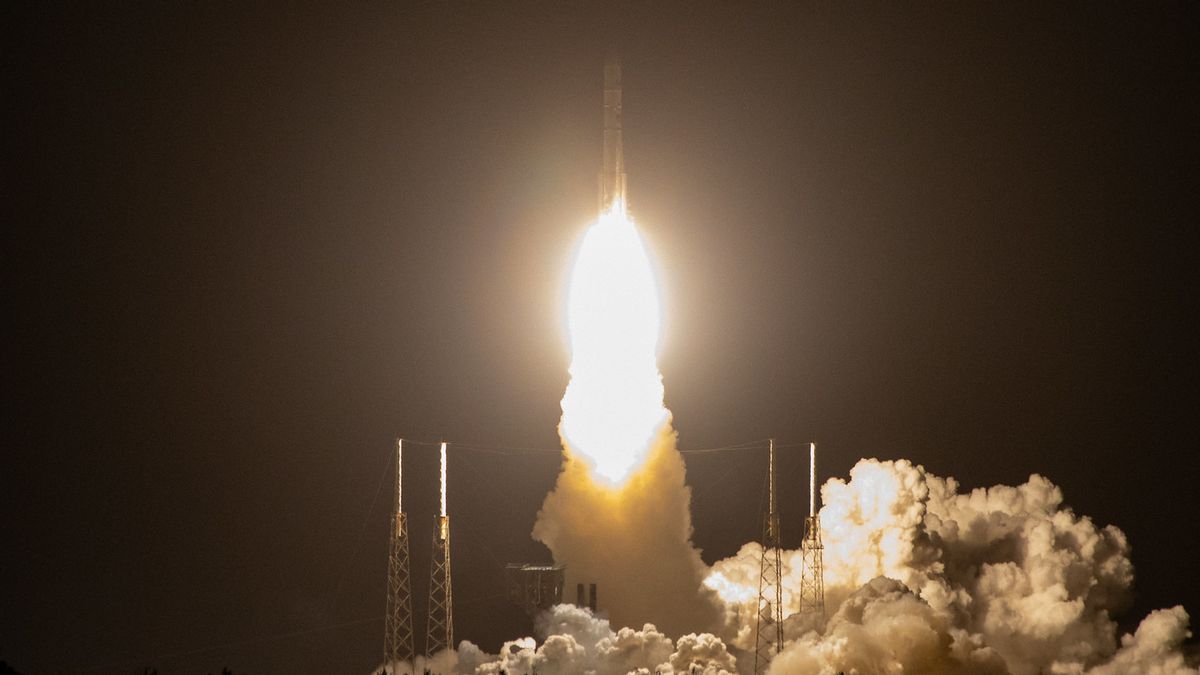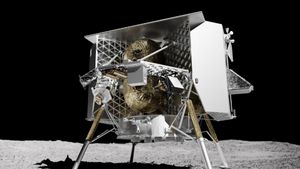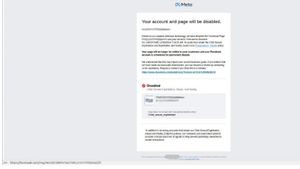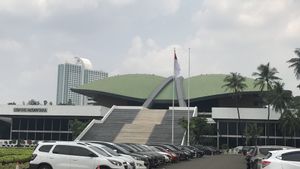JAKARTA - The two setbacks the United States (US) experienced this week in the race towards the moon with China illustrate the risks of NASA's plan to rely heavily on new strategies that rely heavily on private companies.
The new delay in the Artemis lunar program by the US space agency and the propulsion issues that determine the failure of the Astrobotic robot landing on the moon, show the difficulties facing the only country that has ever landed on the moon, while tidying up the budget while continuing its legacy.
The United States plans to send astronauts back to the moon by the end of 2026 - which was postponed this week from 2025 - while China is targeting 2030 for its manned landing.
Before humans arrive, every space force plans to send some small robotic missions in advance to check the lunar surface. The Chinese government-backed program has scored a number of first achievements.
The Astrobotic Lander carries seven NASA instruments intended to check the lunar surface. Although thelander will not reach its full surface, three other NASA-sponsored private lunar missions, including the second Astrobotic effort, are planned for this year.
NASA relies heavily on other companies such as Elon Musk's SpaceX - which will be paid to use its Starship HLS lunar landing vehicle - to cut its lunar mission costs. The last month's journey with the crew was an Apollo US mission more than half a century ago, when NASA had all the spacecraft involved.
"I think that China has a very aggressive plan," NASA head Bill Nelson said on Tuesday, January 9, after announcing the postponement of Artemis. "I think they want to land before us, because it might give them a PR advantage. But in fact, I don't think they will."
US startup companies must develop space expertise and culture that will take decades to be developed by governments with large funding. India is also taking this approach - relying heavily on private companies in its efforts to explore space.
"Ten thousand things have to go right in the first launch like Astrobotic," said professor Carnegie Mellon Red Whittaker, who led the development of a small four-wheeled lunar rover over Peregrine. "It's very common on a mission that there are obstacles facing."
Astrobotic said its executive was not available for interviews this week, but Peregrine's mission director, Sharad Bhaskaran, told Reuters last year that the company's challenge was huge.
"We have to be a commercial company. We are trying to compete in this new era of commercial spaceflight. When you look at the budget, we have to be more creative, more efficient, and do things in different ways," said Bhaskaran.
China's next step in its lunar exploration program involves an automated mission this year to sample on the far side of the moon - which will be the latest in the first series of achievements.
In December 2013, China's unmanned Chang'e-3 made its first soft landing in the world since 1976. In January 2019, unmanned Chang'e-4 also landed on the far side of the moon, also the first.
India and companies from Israel and Japan have failed in their lunar efforts in recent years.
India, which made it last year on its second attempt with its Chandrayaan-3 label and became the first country to land at the Moon's south pole, saw Astrobotic's failure as a lesson.
SEE ALSO:
"This is a learning curve that is urgently needed for private entities, similar to what US, Russian and Indian government agencies are doing through their first landing attempt," said Pawan Kumar Chandana, founder of Skyroot Aerospace, launching India's private rocket in 2022.
"This inspires our startup to take on a mission of this size in the future," he said.
The next US lunar lander to try to reach the moon is Intuitive Machines, and has spent about $100 million on its mission, company CEO Steve Rotemus told Reuters last year.
"We have to build a complete lunar program, not just thelander. So it's a little more expensive," he said.
The English, Chinese, Japanese, Arabic, and French versions are automatically generated by the AI. So there may still be inaccuracies in translating, please always see Indonesian as our main language. (system supported by DigitalSiber.id)


















